I think the blurred lines in many of the shots from this shoot feel sort of like an impressionist painting. Or maybe I'm reading too much into my own work. Or maybe I've been staring at this screen for too long.
A before shot of a Prince Rupert's Drop.
Produced in collaboration with Jim Bales.
The Spot strobe that we also use for ballistics was used here to stop the advancing fracture propagation front of a shattering Prince Rupert's Drop. The fracture front was measured to propagate at nearly 1,500 FPS. The fractured glass appears white because it hasn't had much chance to spread out, and so it reflects back the flash from all the cracks instead of passing the flash through it like the intact part of the drop.
Produced in collaboration with Jim Bales.
An end on view of an exploding Prince Rupert's Drop at the moment the shock-wave reached the tip. The faint red bit near the tail of the drop is from the break-beam trigger. Photo produced in collaboration with Matthew Rece.
This was in a Christmas with the family album. Apparently this is what I do during Christmas night.
Freezing a drop of water in the right place is easy with a Cognisys Stopshot. I put my class ring behind it for this shot, but other neat things to shoot include maps of the world. If you do it right, the droplet of water looks like a globe!
You can see the ripples. So neat!
Produced in collaboration with: Theresa Mislick, Jim Bales.
I really want to reshoot this with my new camera, but it's going to be hella tricky. I'm pretty convinced that the only reason I nailed it the first time was random chance.
Produced in collaboration with: Jim Bales.
After my shoots for National Geographic and Nature, I picked up a few more butterflies and did some more shooting, just for me.
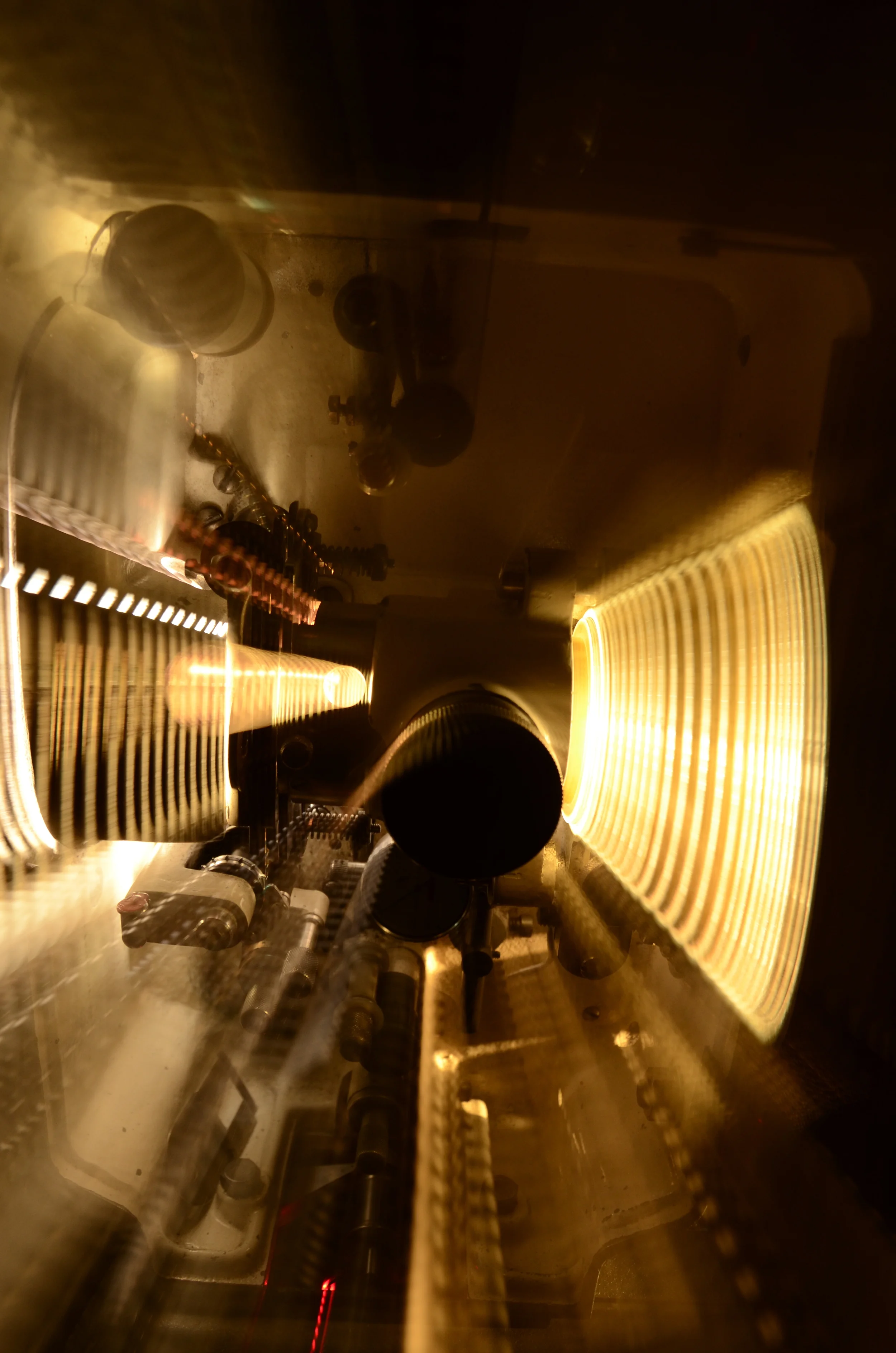
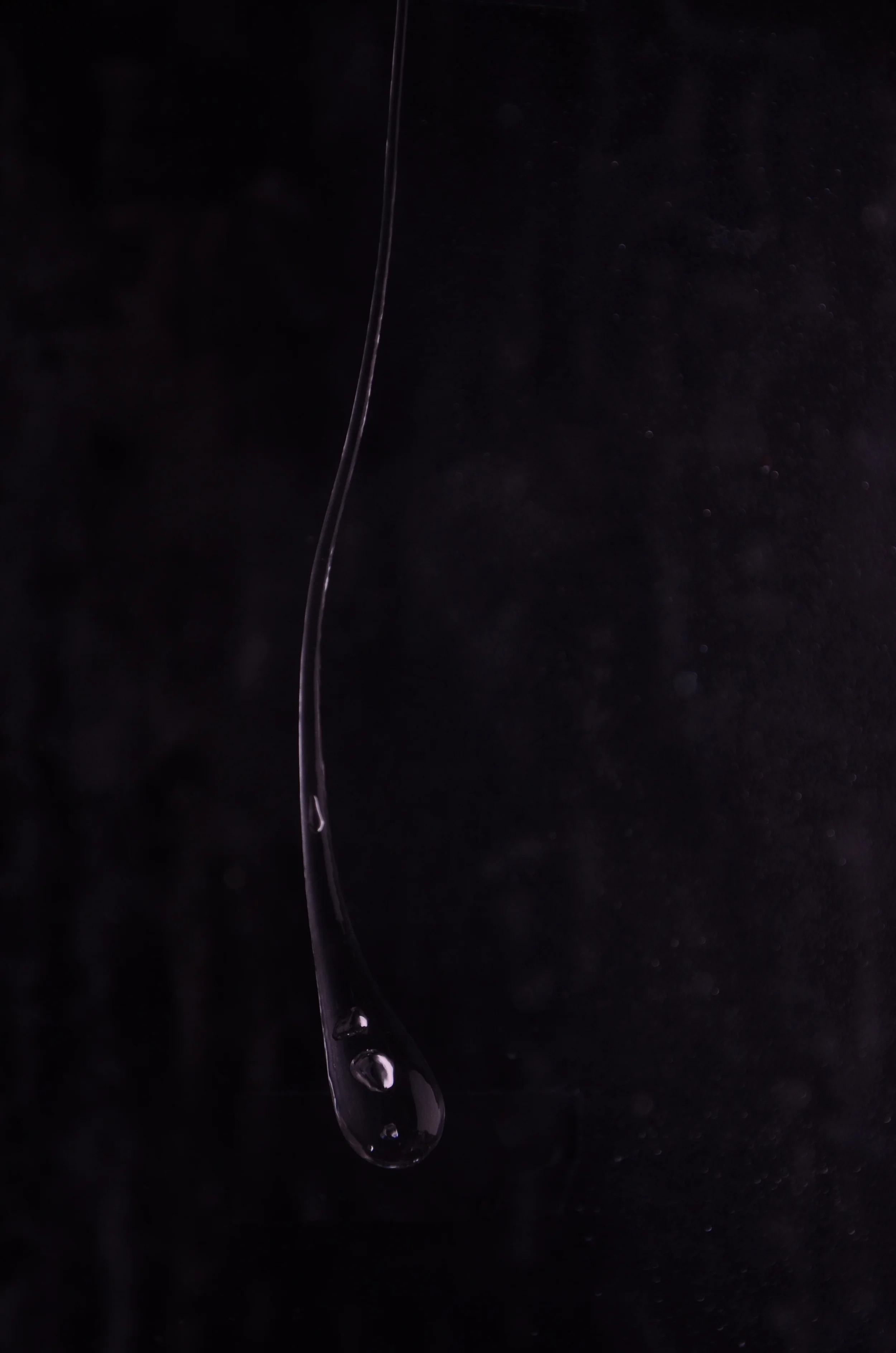
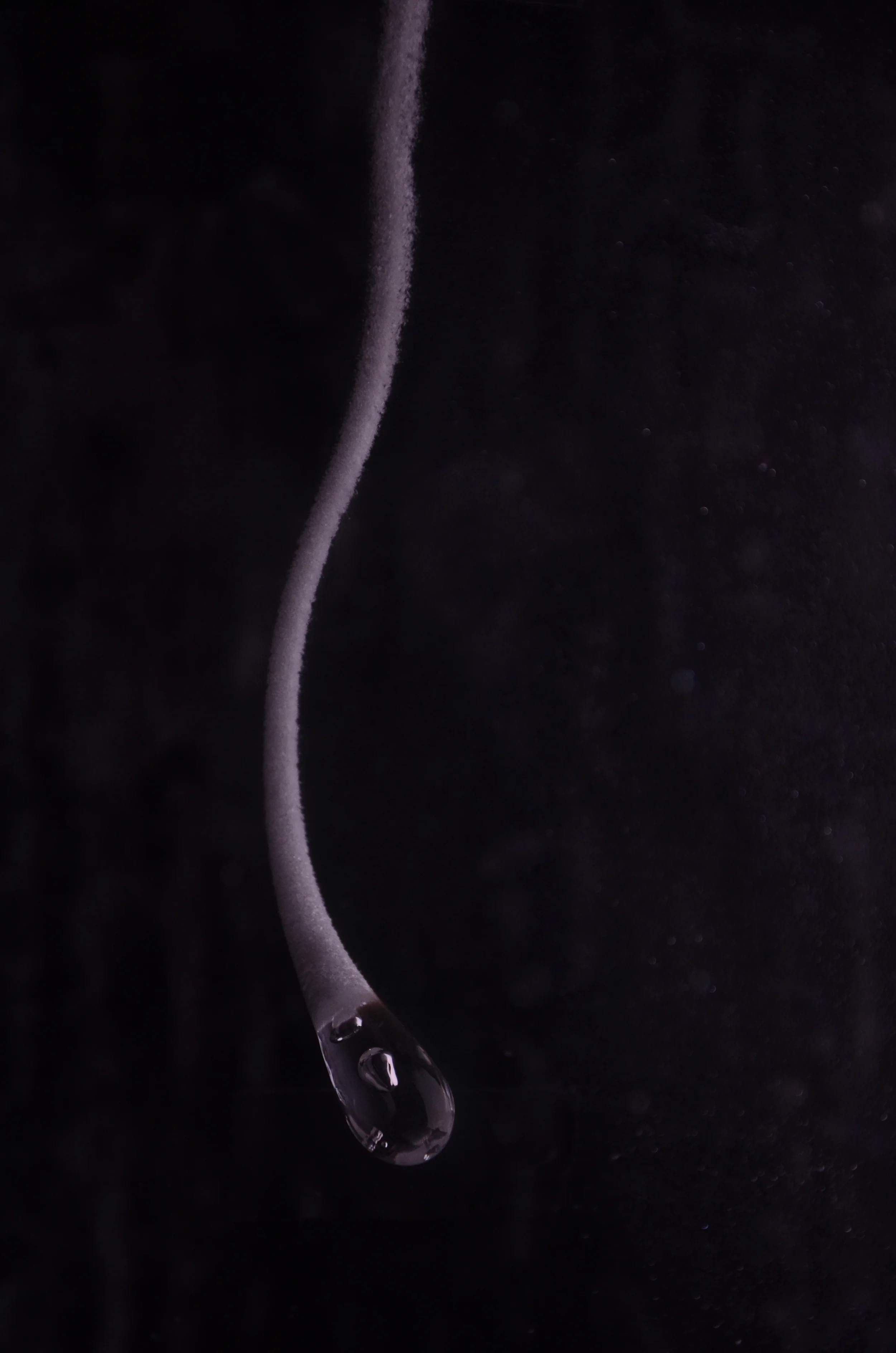


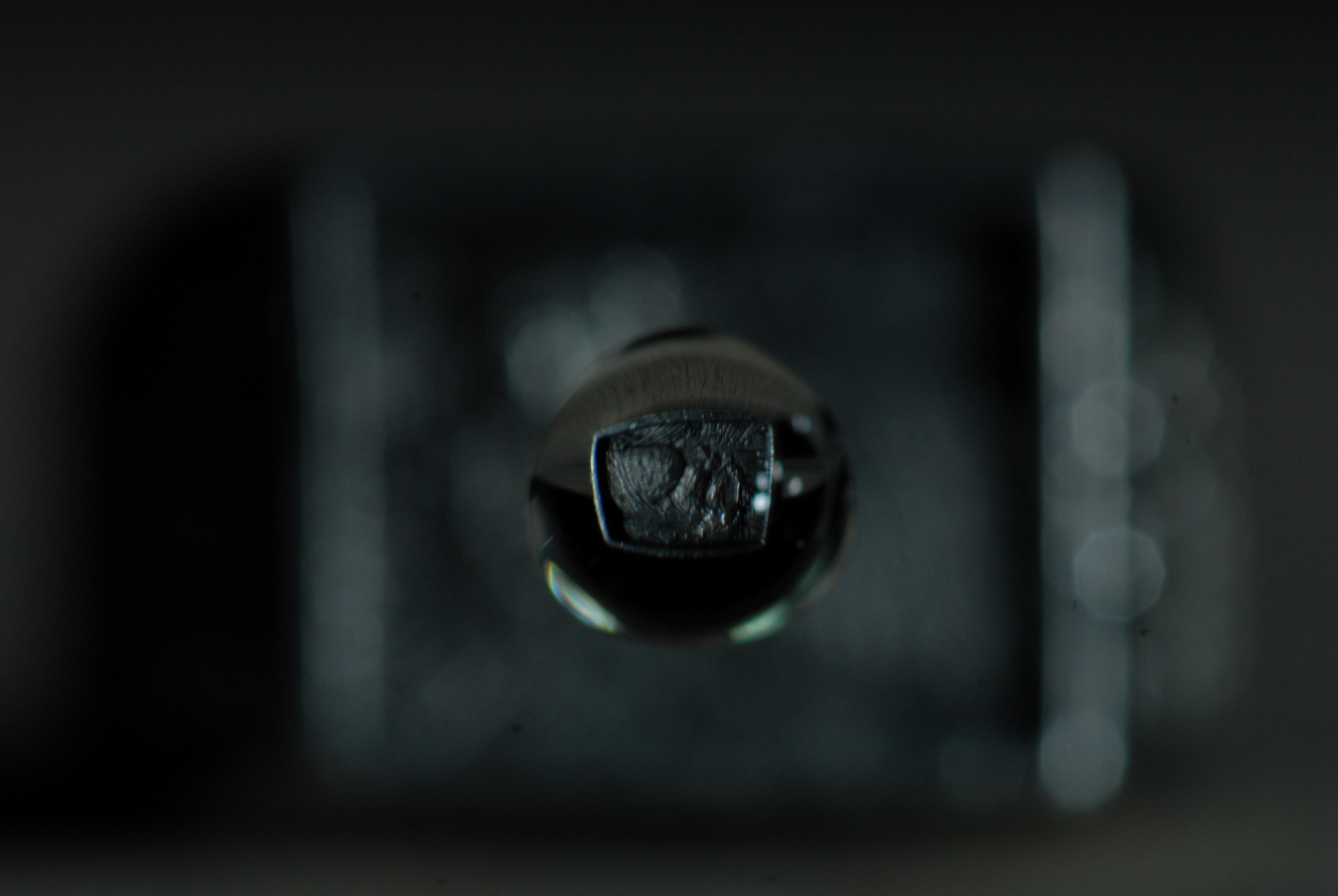


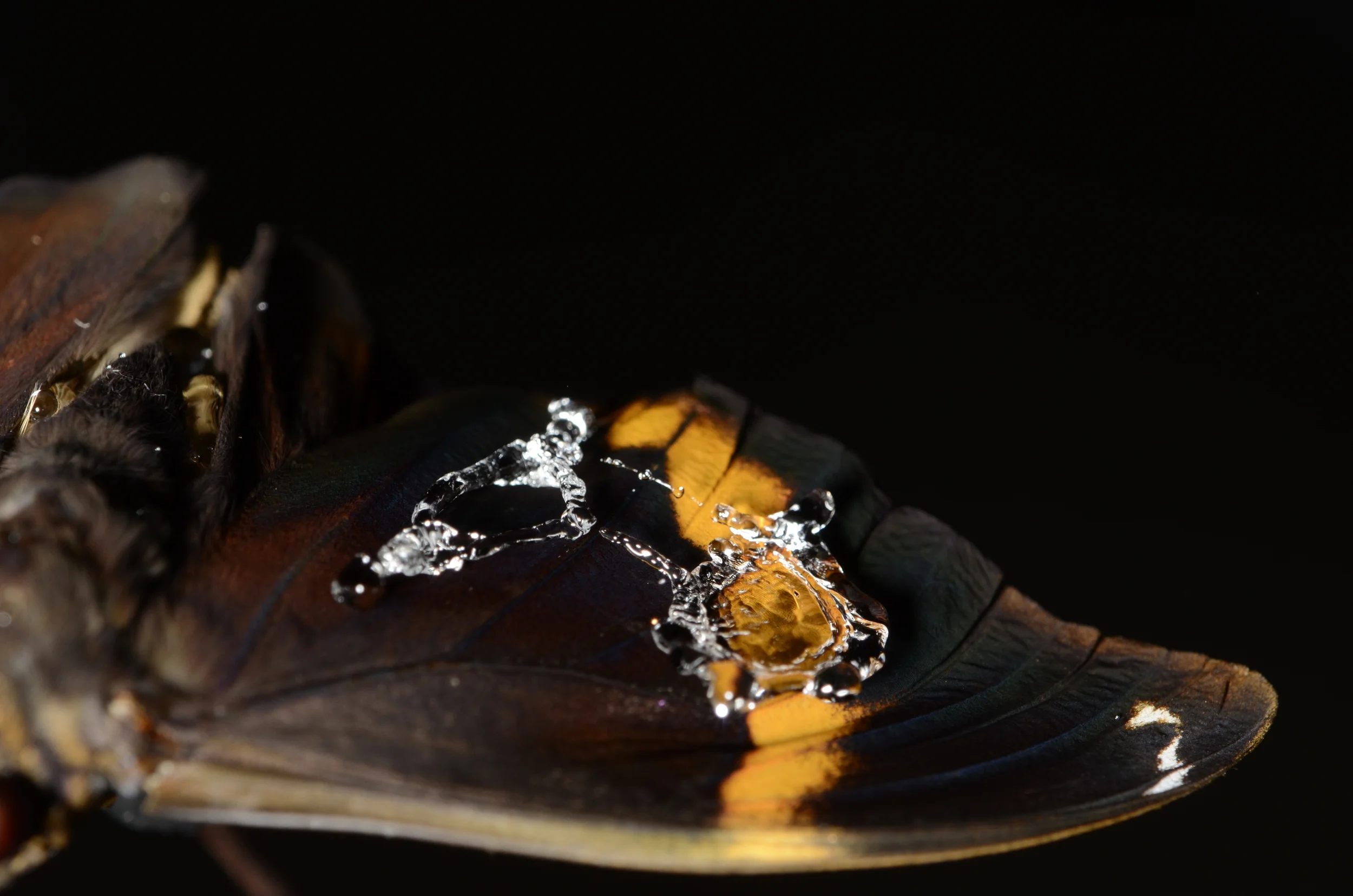
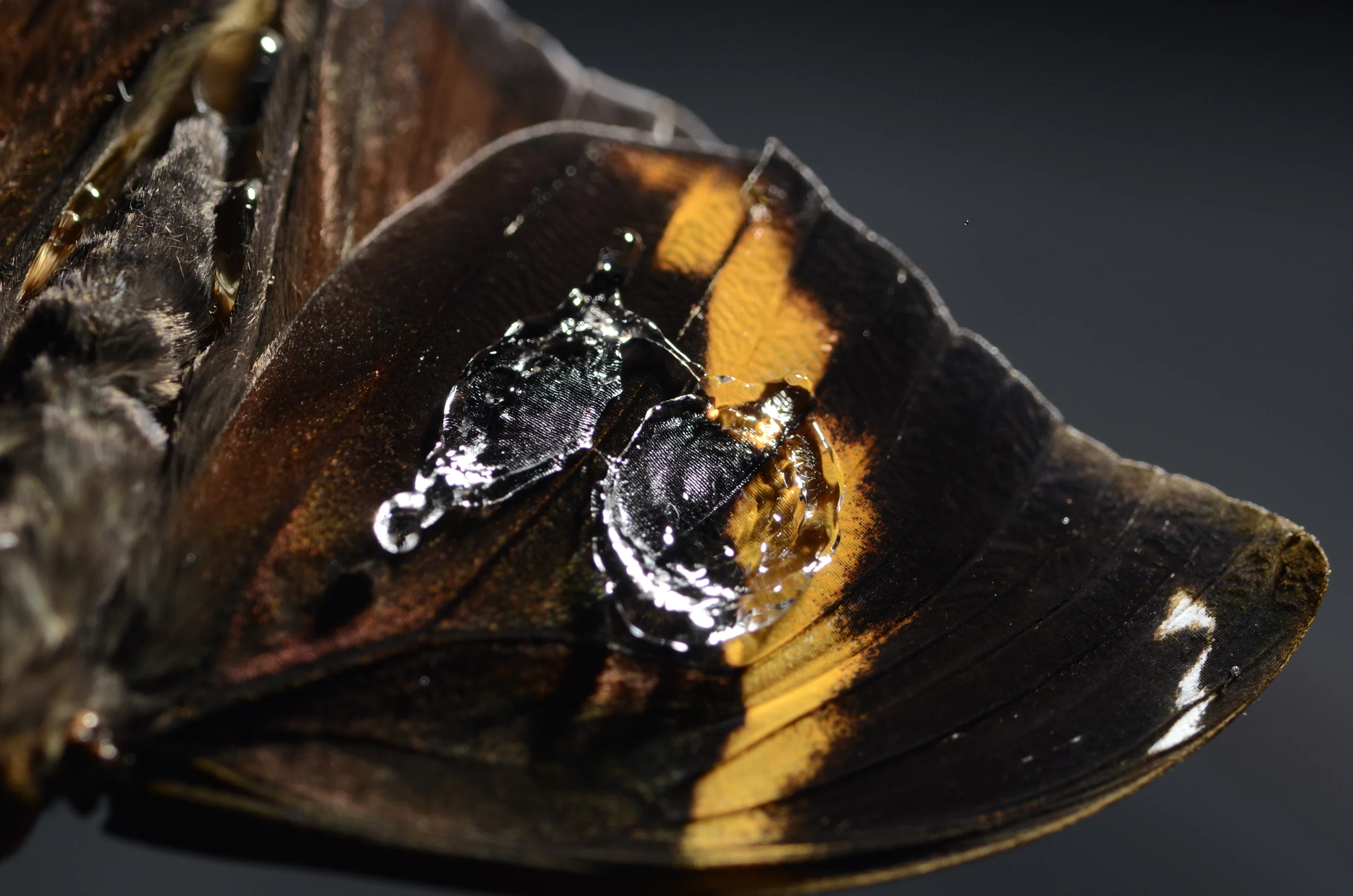
These were originally born of a mistake on my part. I was shooting a 35mm film cinema projector, and I decided to reframe my shot by cranking the zoom. I was unaware at the time that I had left the shutter open, something resembling this popped out. I initially wrote it off as a lost frame, but when I developed the roll, I decided to do an entire extra shoot based on this "technique." The choppiness of the lines in the image is due to the projector's interrupter breaking the light up in order to not illuminate the film during frame changes.